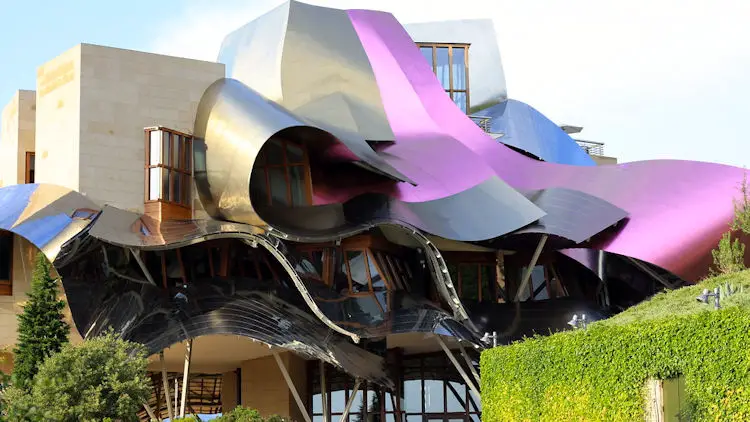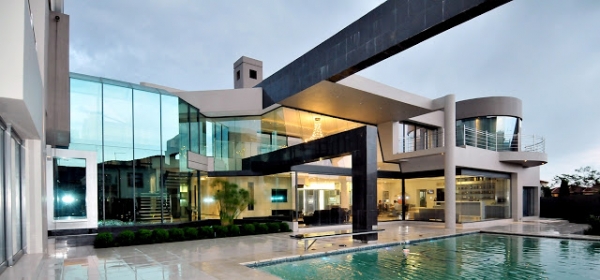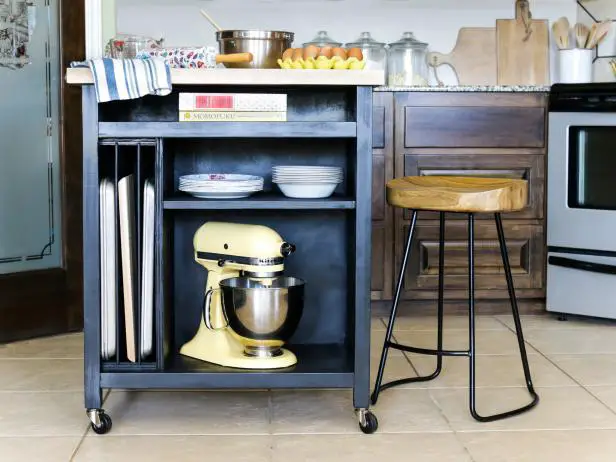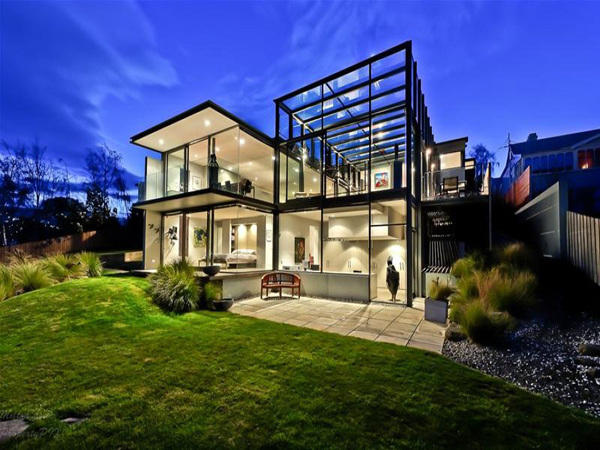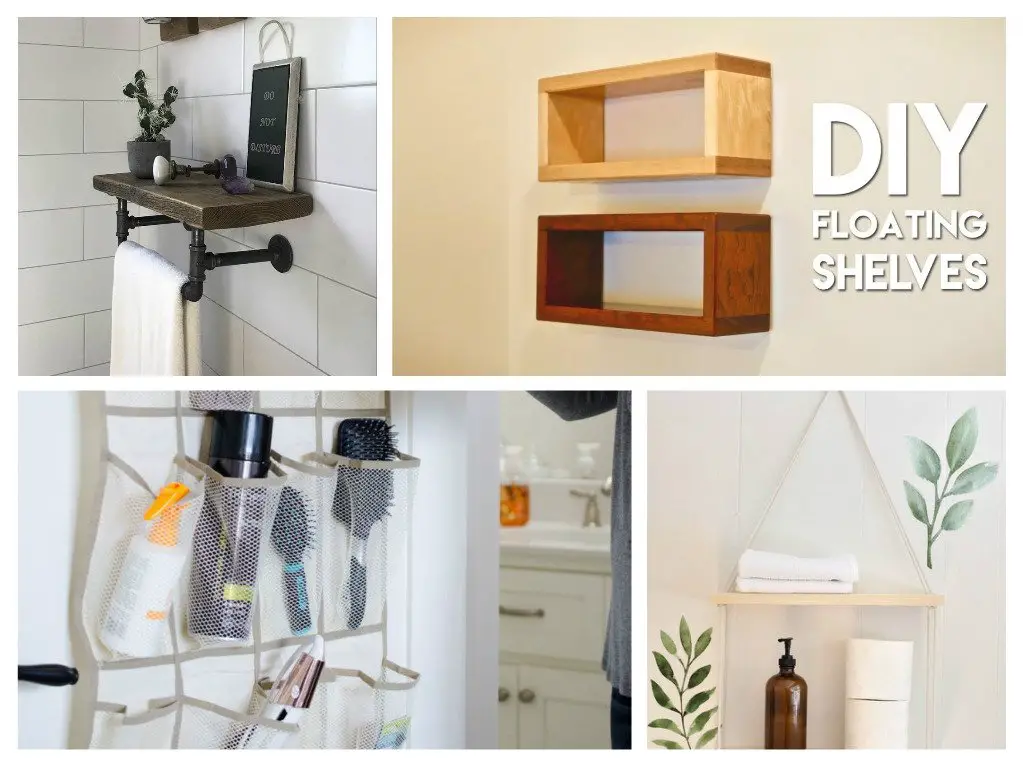The main feature of Spanish architecture is light-colored stucco for interior and exterior design, which makes the homes strikingly different from the traditional American and English architectural styles. States with plenty of these homes include Arizona, New Mexico, Colorado, and California.
Many people call it “Spanish architecture”, though you may come across a few people who prefer “Spanish colonial revival architecture.” Also, although it’s most common in residential settings, it can be found in several commercial spaces, such as small cafes and restaurants.
If you’re trying to select the best architectural style for your home, the following are other key features of Spanish architecture to help you decide if it’s what you want.
1. Light-colored stucco finishes
We’ve already mentioned this one. However, we didn’t explain how it looks like. Spanish architecture typically includes white, tan, or yellow-colored stucco in both the exterior and interior of the homes.
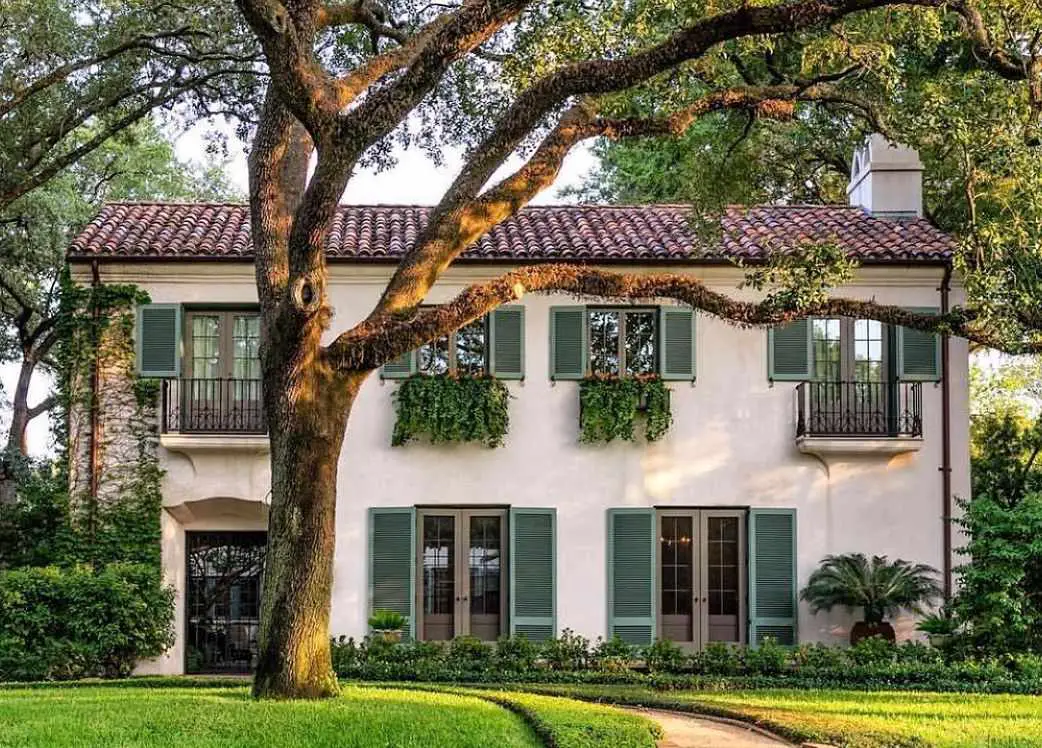
It’s both aesthetic and functional. The light colors help reflect heat, which explains why the architecture is more common in warmer regions. Lighter colors also prevent walls inside and outside the house from absorbing continuous sunlight during the day to keep the home cooler while containing indoor heat during the night to keep the home warmer.
2. Tile roofing
Another critical feature of Spanish architecture is tile roofing. Many modern homes that follow Spanish colonial architecture have a low-slope roof with red-colored tiles. Here too, the choice is both stylish and functional. Tiles are excellent at keeping the heat out. They absorb and conduct heat very slowly. More importantly, red tiles contrast white stucco on the exterior walls, creating a beautiful façade.

Another thing you’ll notice about the roofing is that, for larger homes, the roof is portioned amongst the sections of the home.
3. Wood support beams
Inside the home, one feature that always stands out is the color of the wood support beams. Spanish architecture involves using exposed, dark wood support beams crossing the room, strikingly contrasting the white color on the walls.
You may also notice accented furniture and other indoor features that contrast the wall colors. Usually, the furniture will match the color of the beams and provide a somewhat rustic appearance. Most people with Spanish architecture homes steer away from metal accents.
4. Dramatic archways
Dramatic archways are also a key feature of Spanish colonial architecture. Archways are primarily visible on doorways and windows. Hallways are another place where you may find the arches. Although some are sophisticated, many architects opt for simple arches that add a smooth appearance to the ceiling.
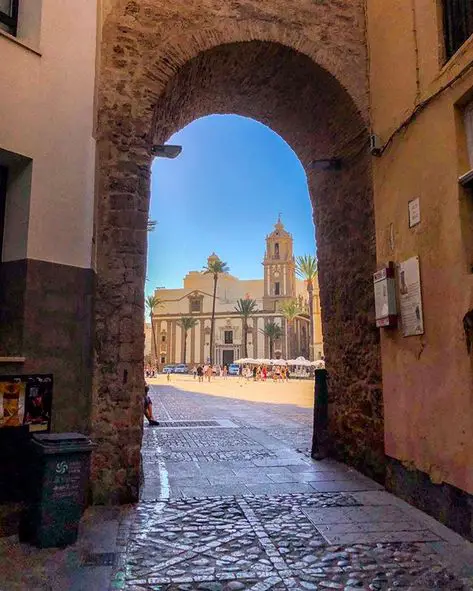
Indeed, you’ll often notice with Spanish architecture the lack of sharp edges or corners in rooms and furniture. Arches help smooth out the corners to create more continuous lines.
5. Patterned and painted tile
Nearly all Spanish revival architecture homes use tiles for flooring. However, they are not ordinary tiles. Instead, Spanish architecture tiles are ornate and dramatically boost the color and appearance of the home. They are a strategic indoor décor tool.
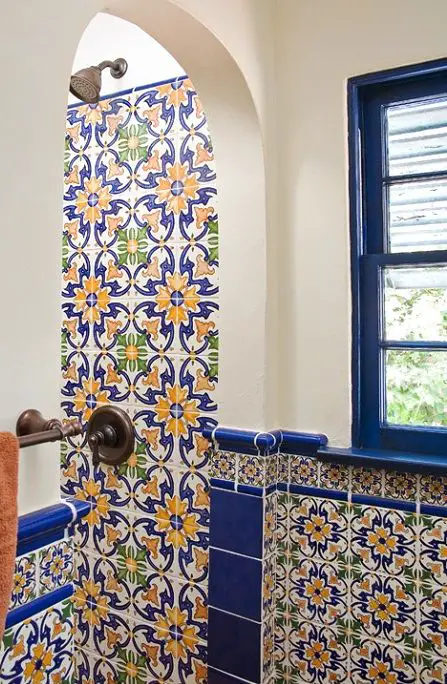
One key feature of Spanish architecture tiles is floral patterns. The tiles are also usually arranged in pre-defined artistic patterns to improve aesthetics. Mosaic tiles are also popular. The styles range from simplistic to sophisticated, depending on personal preferences.
6. Courtyard and patio arrangements
Colonial Spanish homes are traditionally constructed to have plenty of space outdoors. The main reason is to allow residents to take advantage of warm weather. Larger homes even have courtyards that serve as shared living spaces.
We’ve already mentioned arches. You’ll also find arches in the patio that double up as stylistic structures while simultaneously serving as support structures.
7. Smaller windows
Architectural Spanish homes don’t have large windows. The windows are usually smaller than in the ordinary American home.
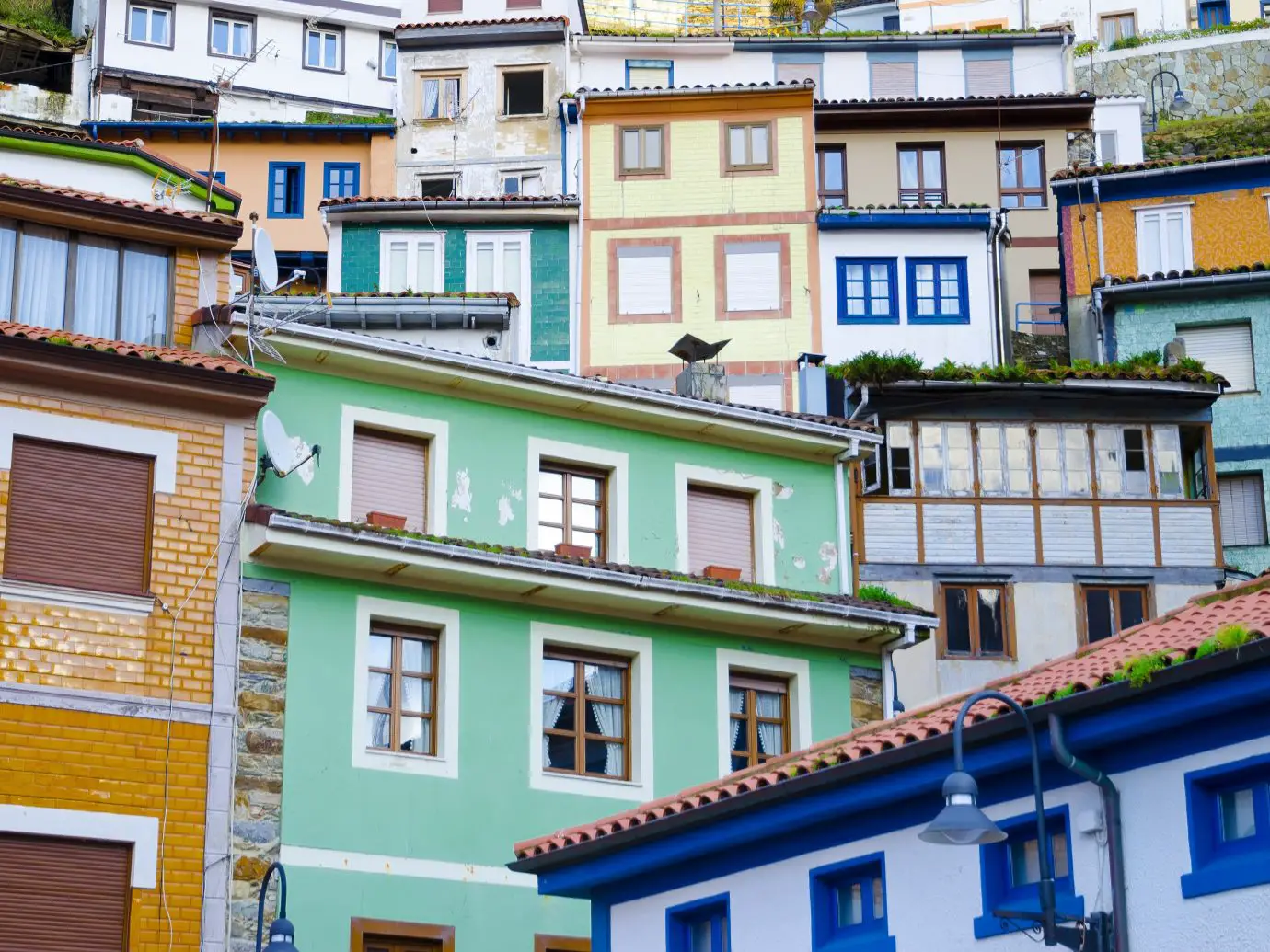
The main reason for the smaller windows is the weather. Since homes in hotter climates bring in a lot of heat, smaller windows are seen as a way to ward off excess heat. However, you may still find large windows in the living areas that facilitate airflow.
8. Wrought iron
Wrought iron in Spanish architecture is more about style than function. They are central to the overall appearance, both inside and outside the house. Patterns vary here, too, depending on personal preferences.
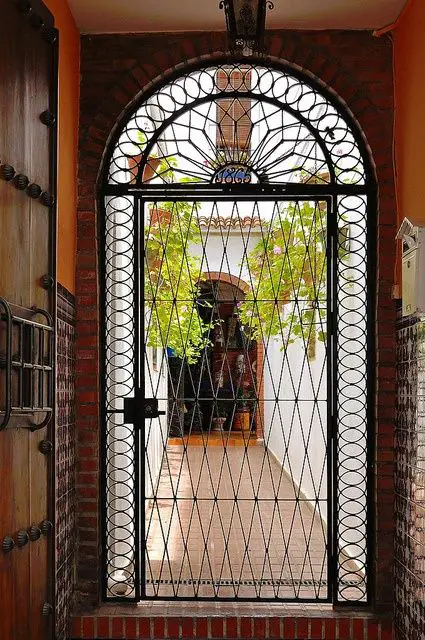
Wrought iron railings for staircases are particularly common. If the staircase is curving and doesn’t turn sharply, it will almost certainly be a wrought iron staircase or have wrought iron elements. Garden and courtyard gates are also usually iron.
Impressed?
The Spanish colonial architecture is extremely popular in warmer climates. If you live in the south where it’s sunny and hot round the year, it would suit you quite well.
